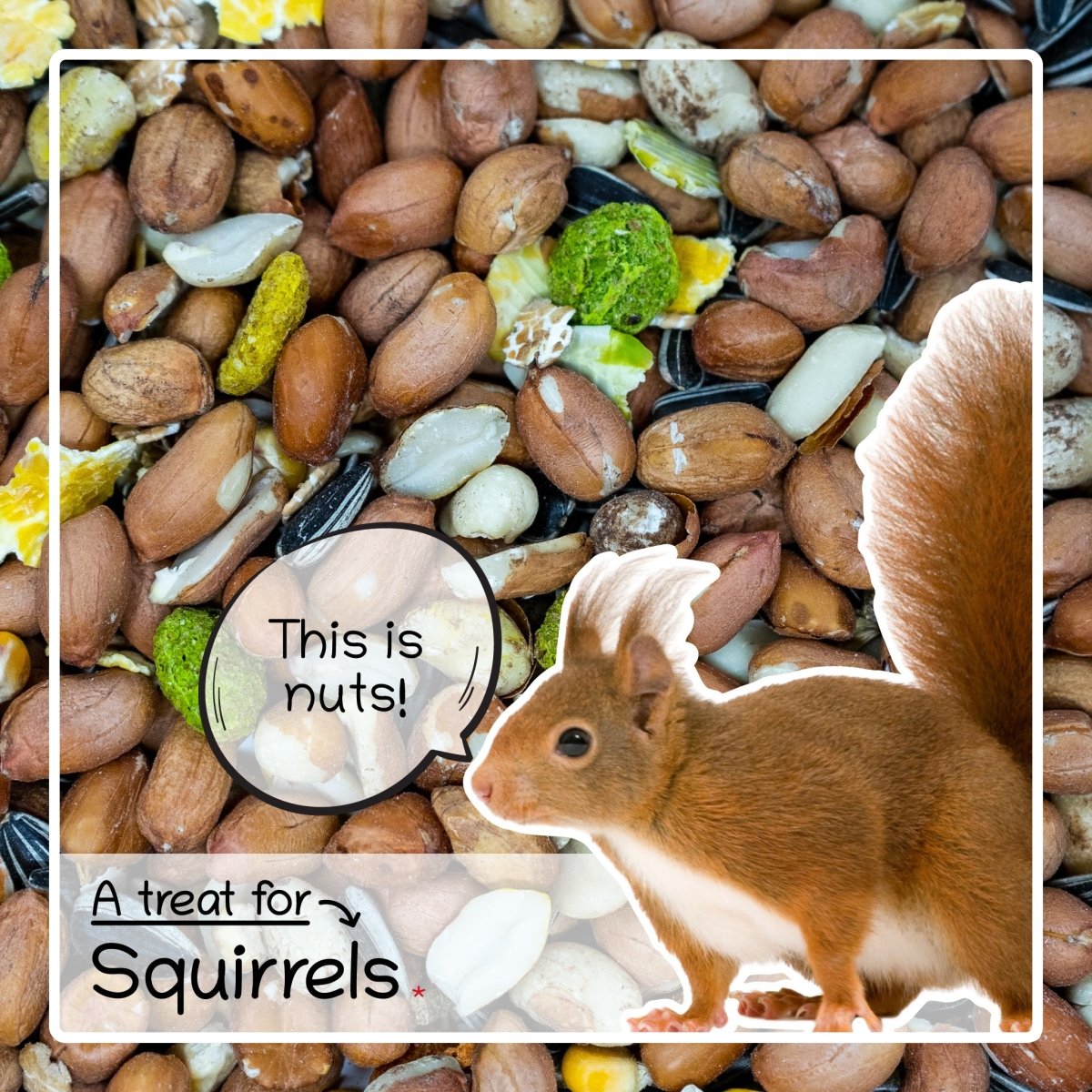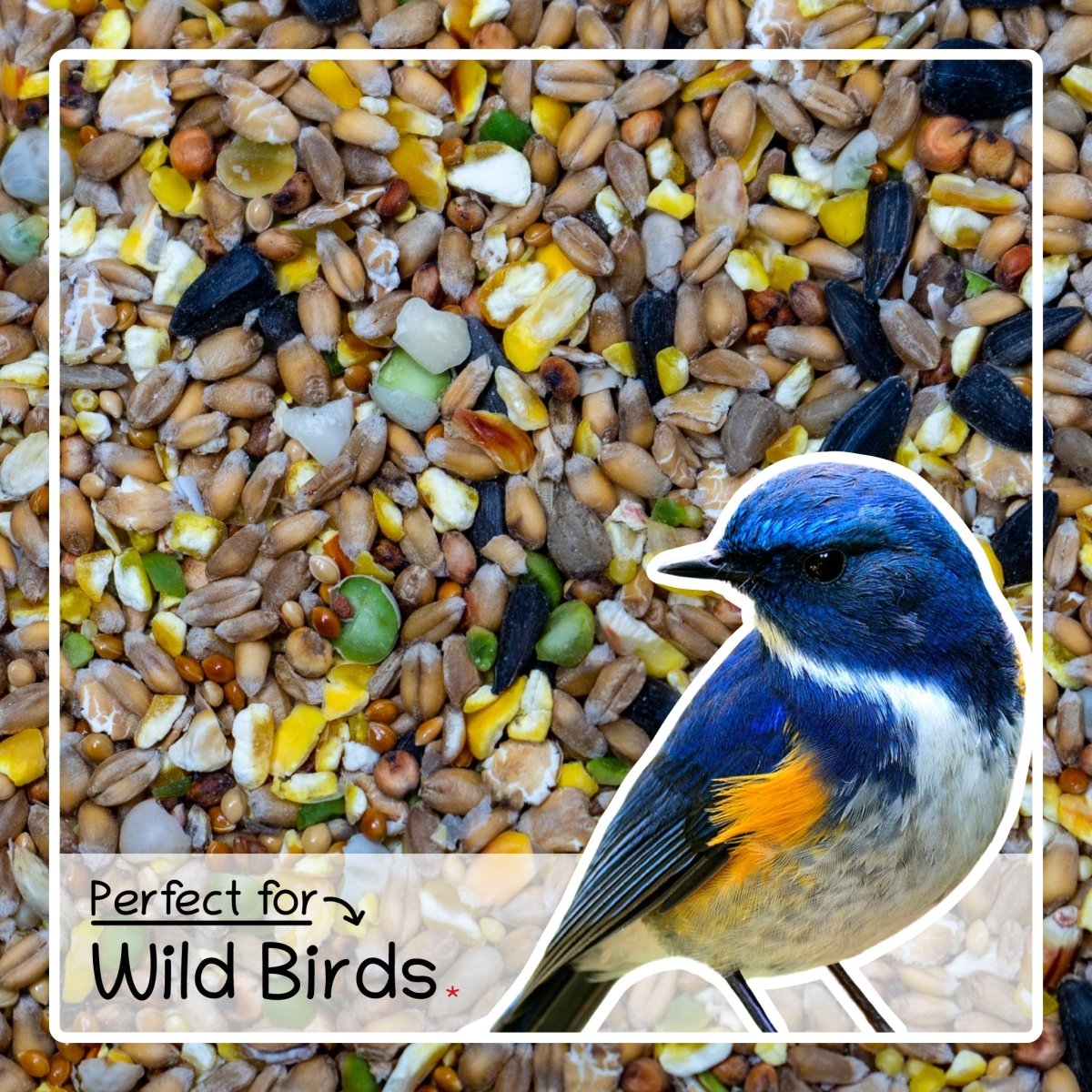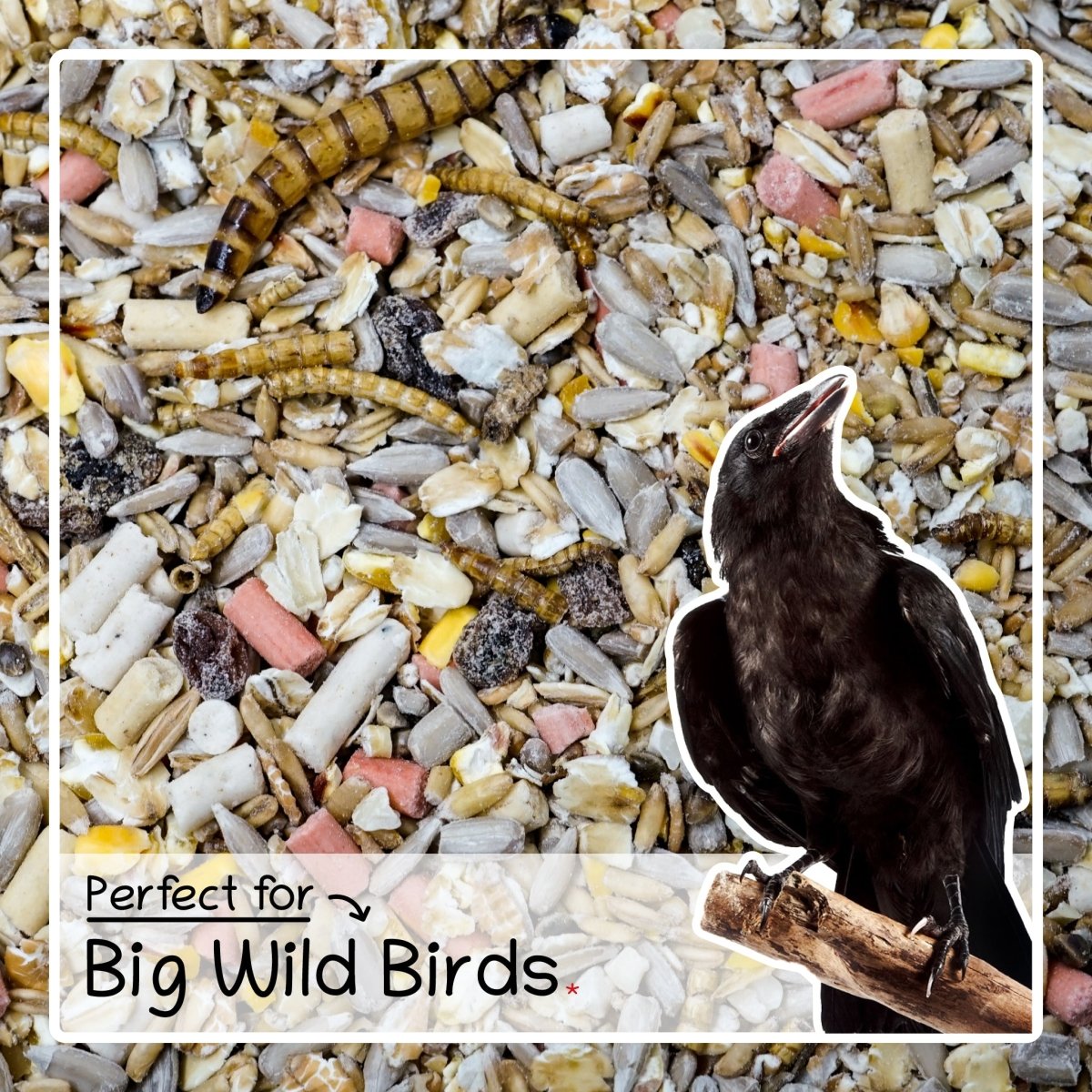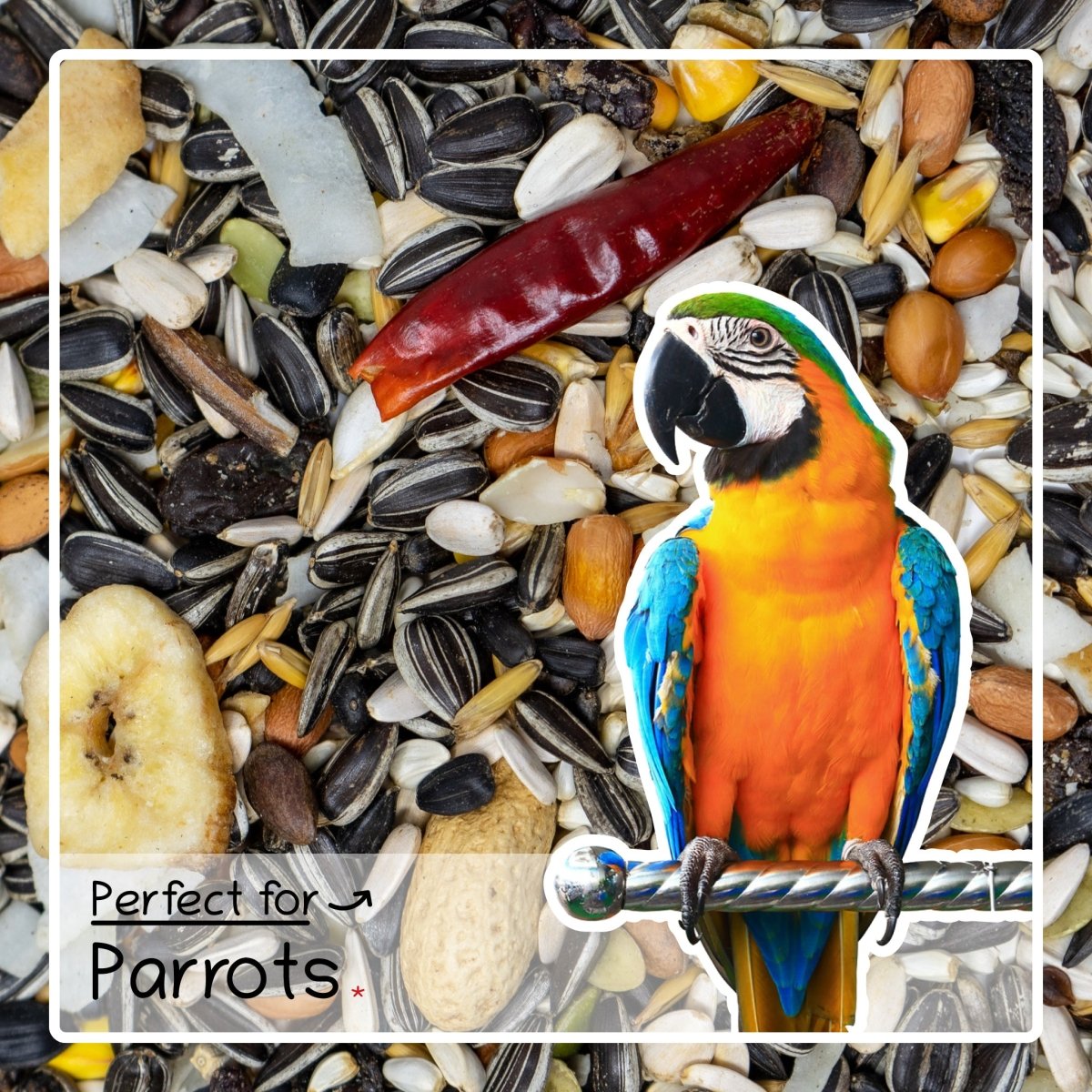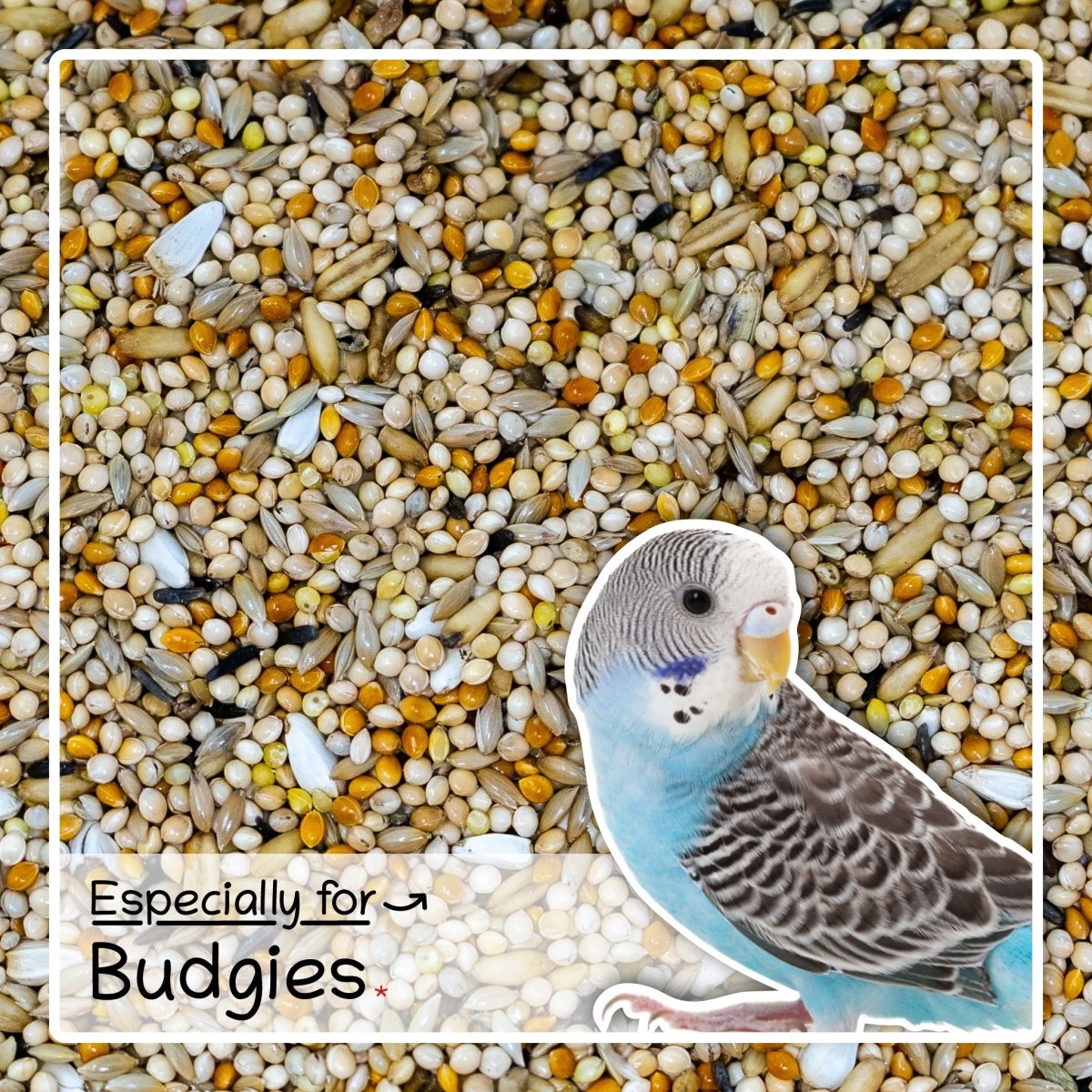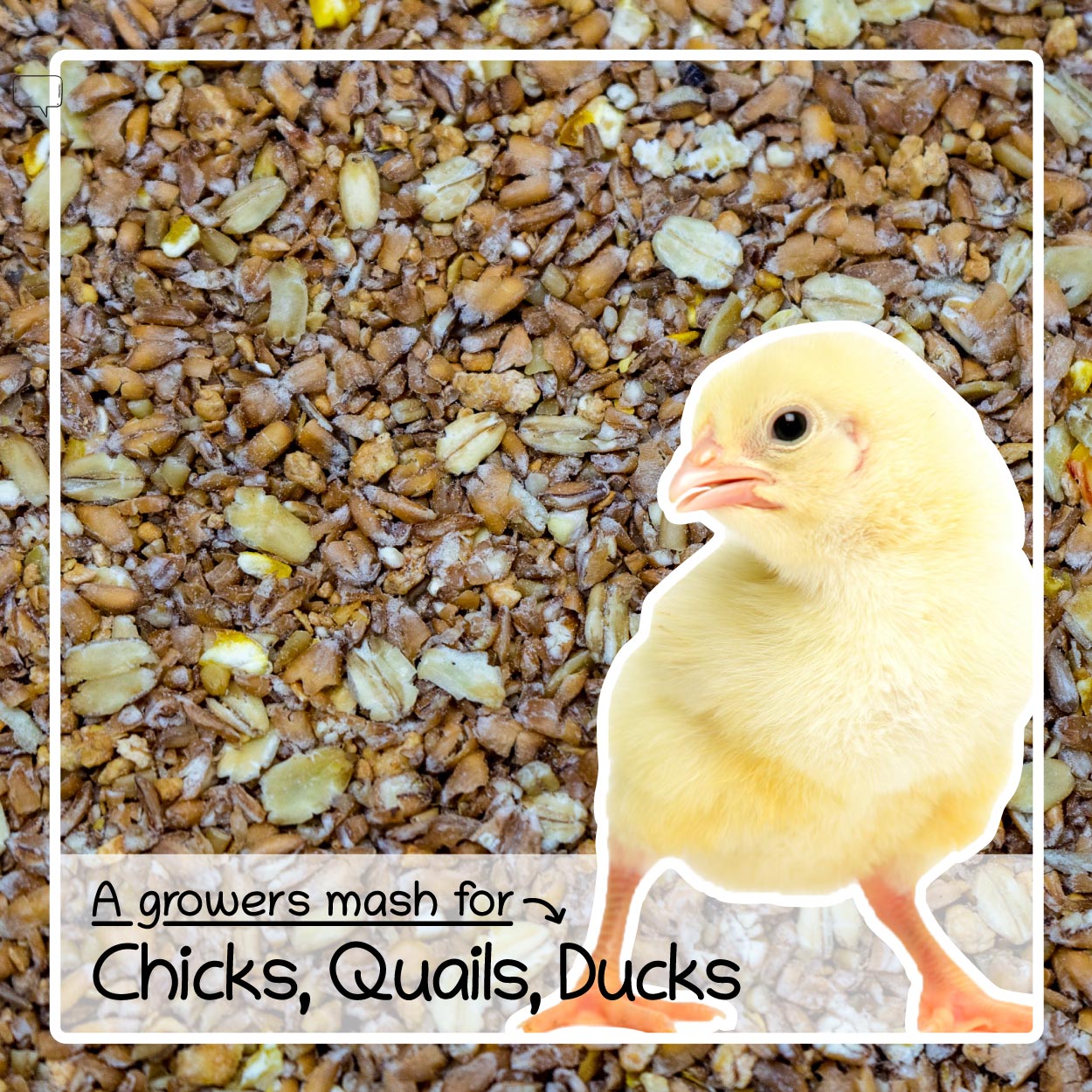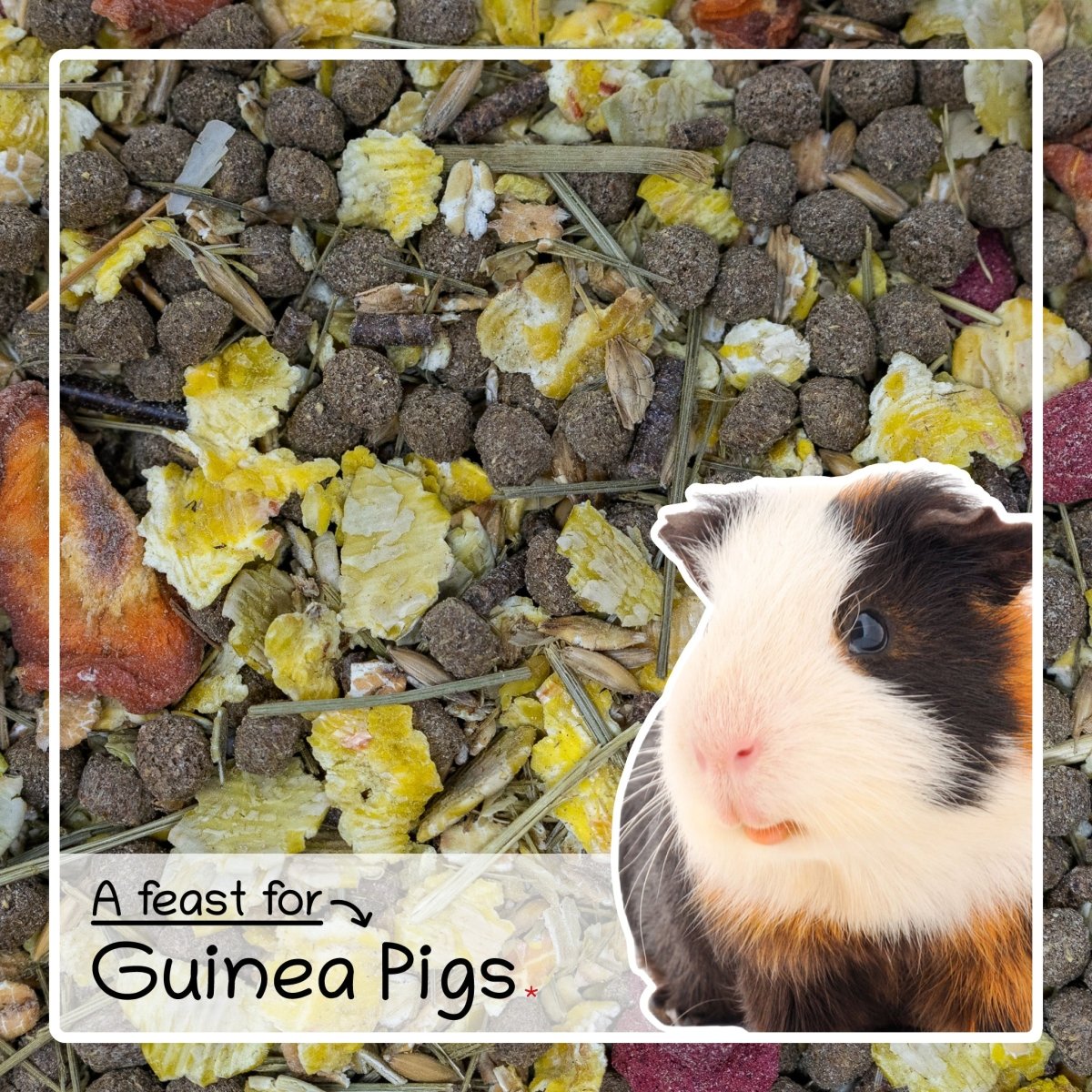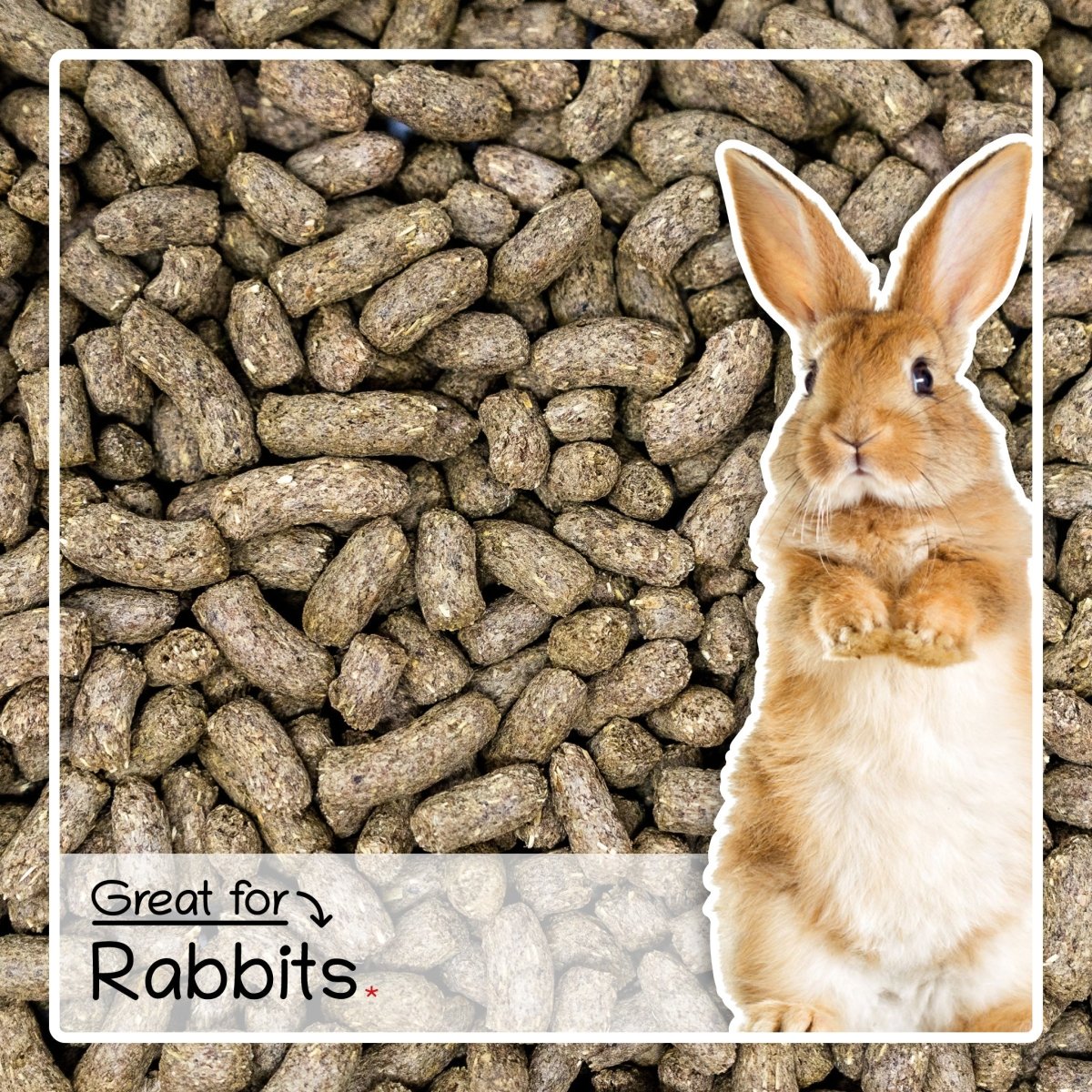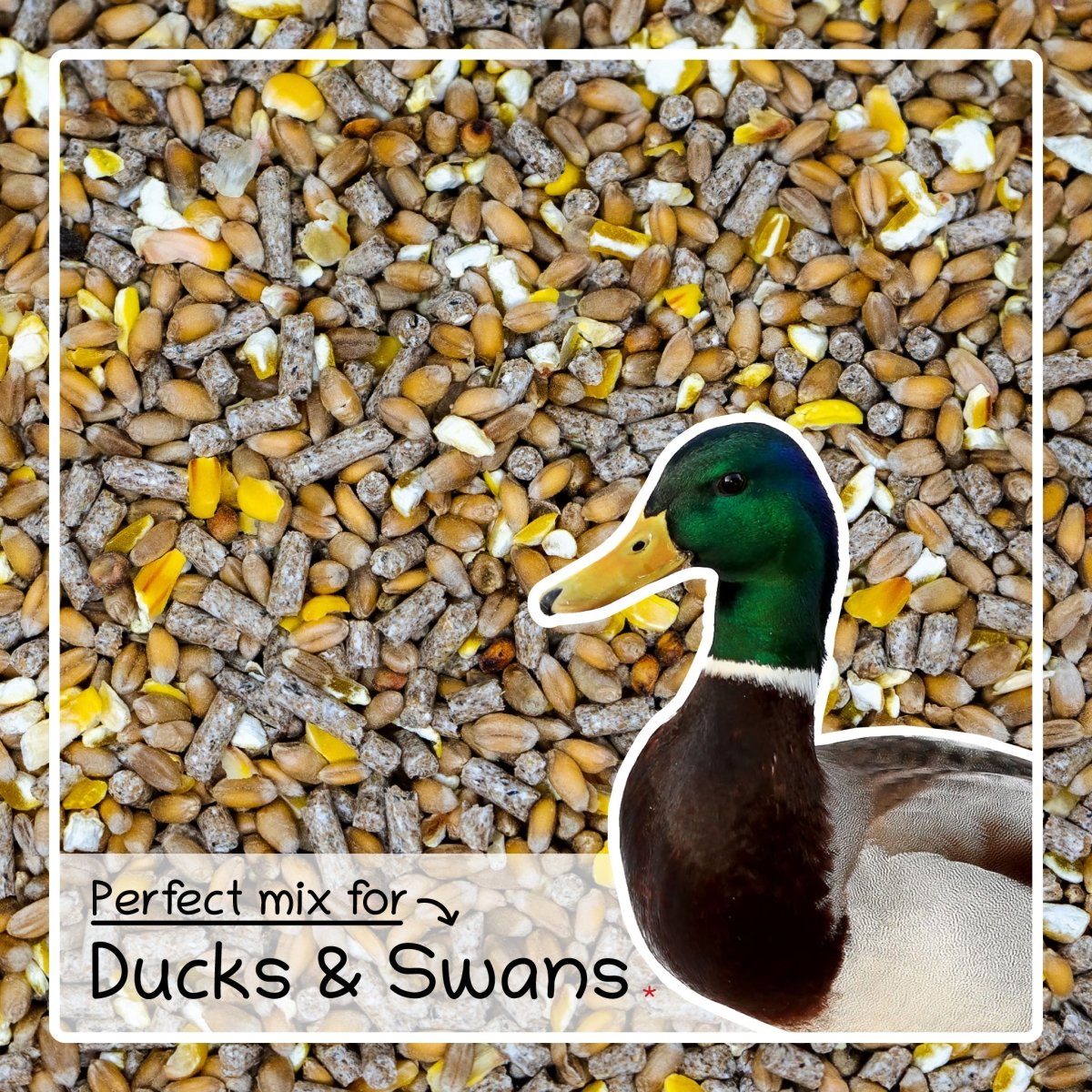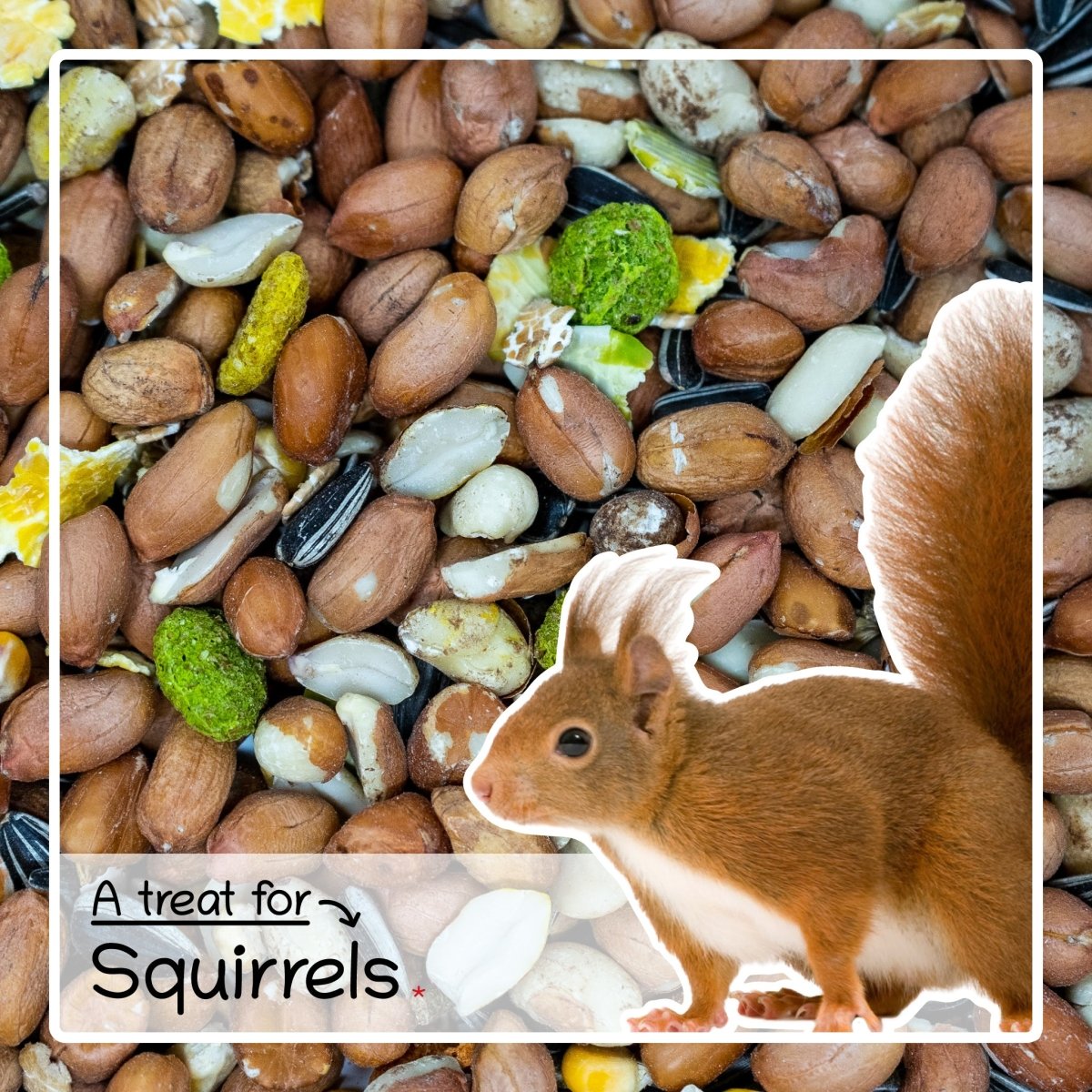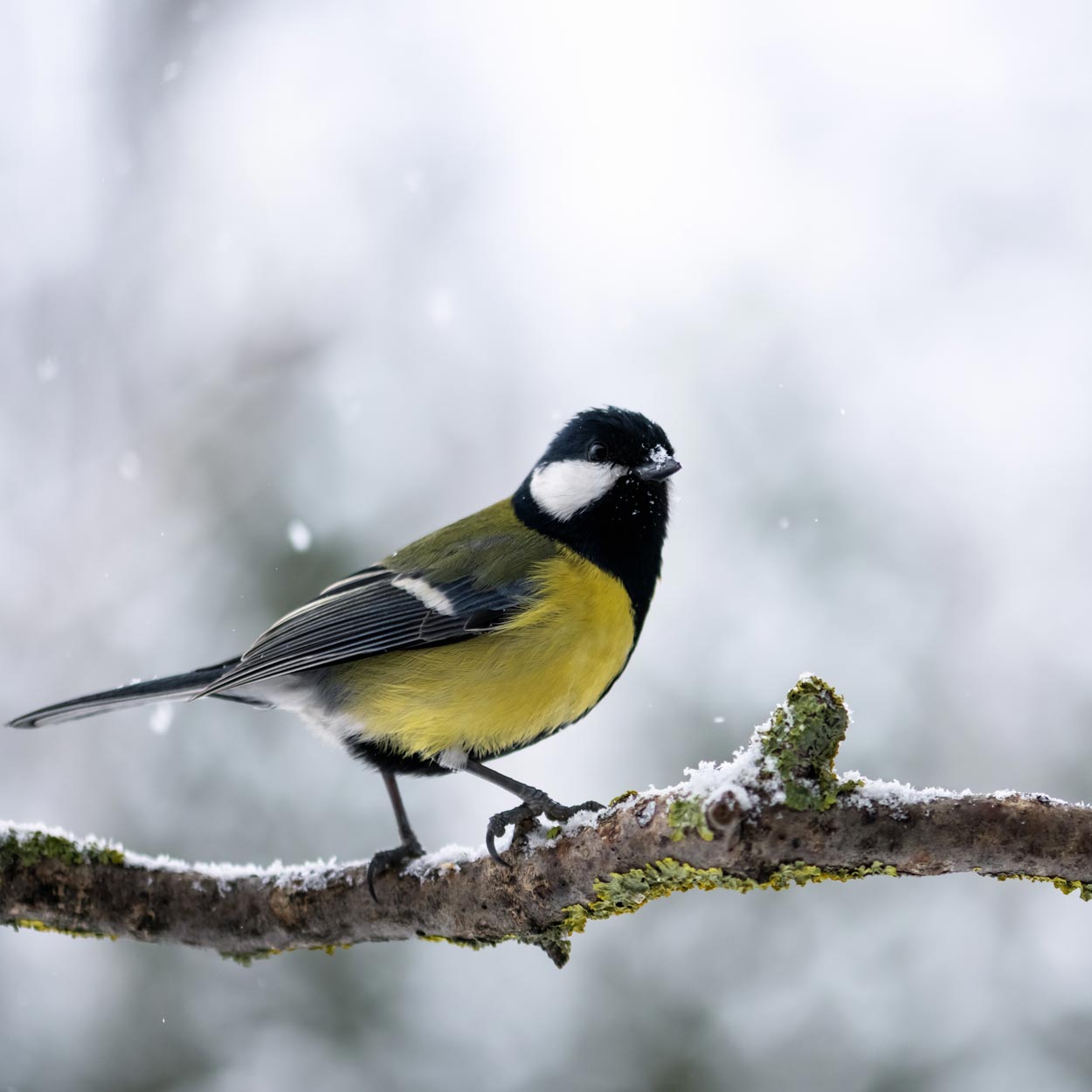Who are we?
We’re a small team of bird and animal enthusiasts with enough of the corporate bird seed flogging-by-numbers approach. We’re achieving this by offering only the very best nutritionally rich seed mixes for a wide range of our bird and animal friends. Our bird and animal seed mixes are all blended onsite here in the UK by a family-owned seed-blending company. We offer a wide range of bird and animal mixes including:
- Wild Bird Mixes
- Hamster & Guinea Pig Food
- Squirrel & Chipmunk Food
- Chicken Food
- Duck, Swan & Goose Food
- Parrot & Budgie Food
- Rabbit Food
To put our money where our beak is, we’ve teamed up with One Tree Planted, which is a fantastic charity organisation who are striving to plant as many trees as the donations will allow.
5% of sales are donated to One Tree Planted and we've donated over 45,142 trees already since 2020 (correct: Nov 2023).
They don’t just plonk them into the ground either. They monitor the trees once planted to ensure that they reach a 80-90% survival rate. We chose to help One Tree Planted as the loss of trees and other habitat due to deforestation is one of the most destructive forms of habitat loss for our feathered friends. One Tree Planted helps a whole ecosystem of animals and birds. We all need to do our bit.

